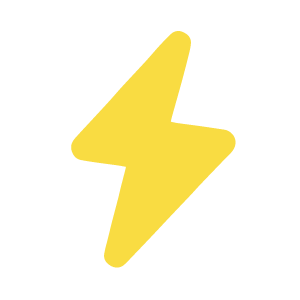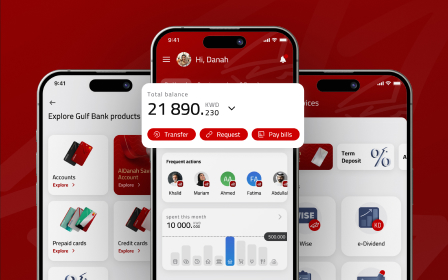How to design products with goal-centered design
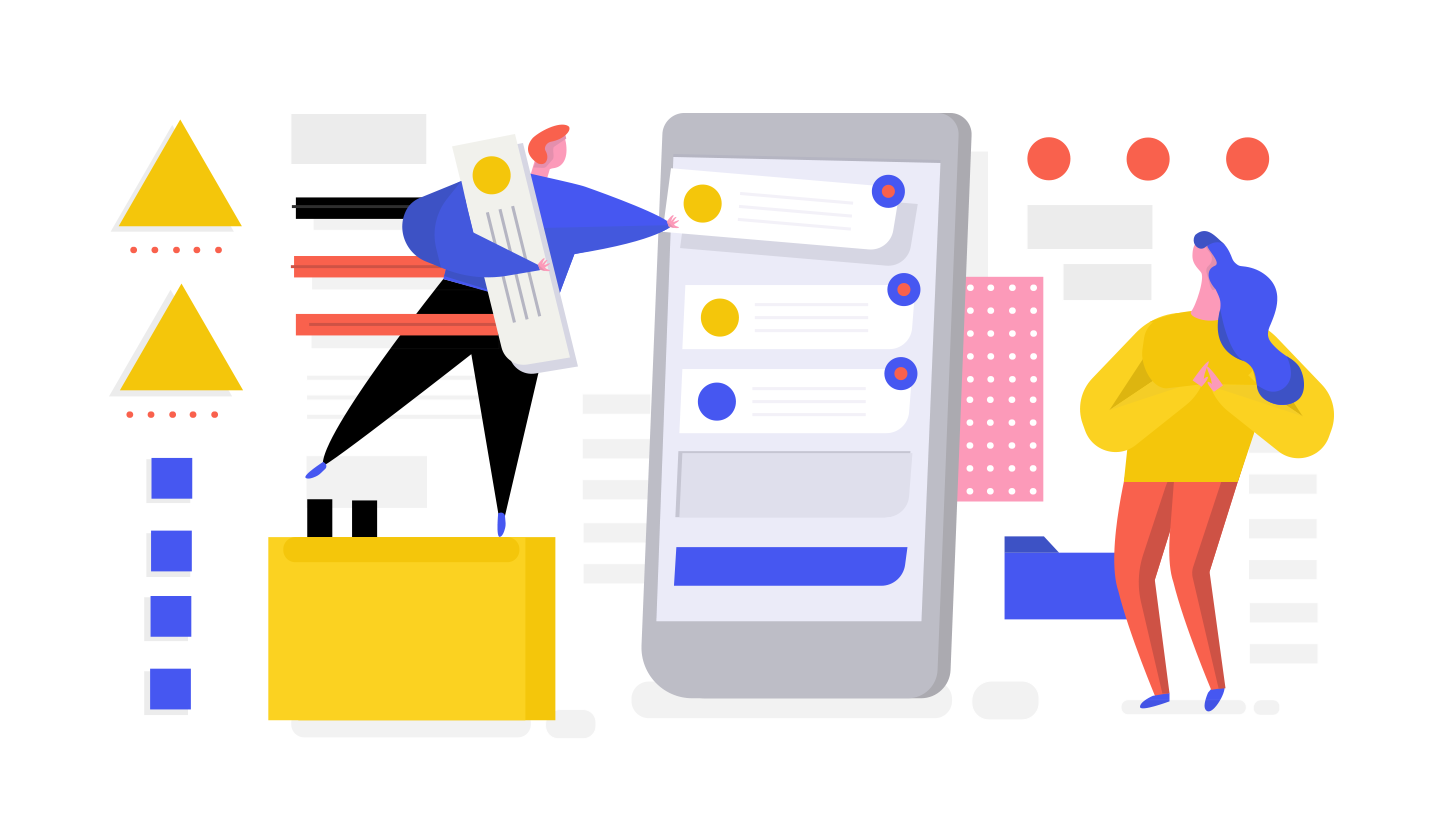
What Is Goal-Directed Design?
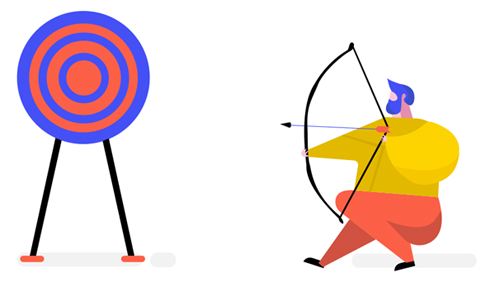
Goal-directed design is an approach founded by Alan Cooper, which he described in his book that first came out in 1995. The technique’s intention is to understand the essence of users’ needs and their behavior, to eventually create a product whose interface and pursuit satisfy those requirements.
Ultimately, your goal is to create a user interaction strategy and a user model that will guarantee that your customer will approve and keep using the product.
How to Design Useful Products with Goal-Centered Design?
To create a high-quality software product you must focus on user goals and trends in user interactions, at the same time not leaving behind the technological side of things.
The design process in UX/UI design studio can be broken down into six steps that comprise interactive research and user behavior analysis:

- research;
- modeling;
- requirements definition;
- framework definition;
- refinement;
- development support.
The first stage of the process aims to collect quantitative and qualitative data via surveys, market analysis and interviews, with the net result of generating an image of your user. This will allow building a persona during the modeling stage – a user model with characteristic behaviors and goals.
Following this, links between all of the models involved in the project are established to create a requirements definition. This is achieved by running personas in different contexts and eventually results in business, technology, and consumer being at a steady state.
During the framework definition phase, the overall features and characteristics of a project are sketched to put a start to the actual design process. The visual design of the product is first put together at this stage, as well as any predictions of the manner of the product of conducting itself in application.
Refinement stage is alike to the framework definition stage, but more central to the detail of the design and putting the software into action. At the end-point of this stage, a documented report on specification, behavior, and interface of the product is created and delivered.
The final stage is development support and it involves a range of techniques to watch out for any technological advancements that might induce a change in the design.
Next section will give you a comprehensive overview of each of the steps required to create an outstanding product.
Useful Products Design Process
The process of product design is composed of the following stages:
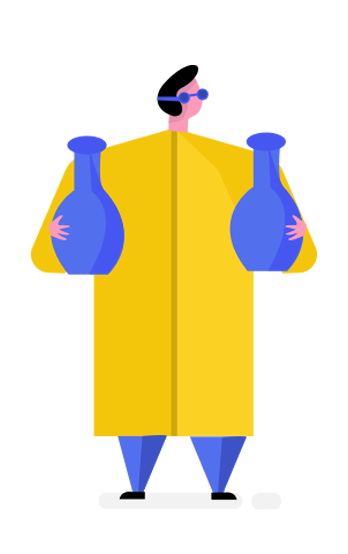
1. Research
In this stage, your aim is to collect the maximum amount of relevant data about your users. This is done by ethnographic analysis, interviews with buyers and stakeholders, surveys and overviewing recent research studies on the market. Make sure to make contact with the group of interest: as well as auditing regular software users, connect with software developers and experts in the field.
The expected result of such an investigation should be an analyzable pattern of user behavior that can be used to model a new product or map out the analytics of an existing one. Such models are useful in the identification of the project’s objectives.
The maps create a clear picture of users’ actions and lifestyle, which in future allows the building of personas. Thorough research makes their design goal-centered and supportive of the goals of the project.
2. Modeling
To create a prototype, you will need to combine all of the data obtained during the research phase and synthesize it into a domain model involving detailed graphs and schemes of your project. This would combine to form a persona – an intricate system of individual characteristics, behaviors and motivations of a potential user.
Personas provide an individual approach for each specific case scenario based on patterns of behavior and correlations put together during the investigation. This facilitates significant general and specific improvement of your software design due to better understanding of user needs.
To achieve maximum productivity in this stage, objectives are compared to prioritize and choose personas. The order is designated based on the extent of the persona’s rationale and how deeply it covers the targets of other models.
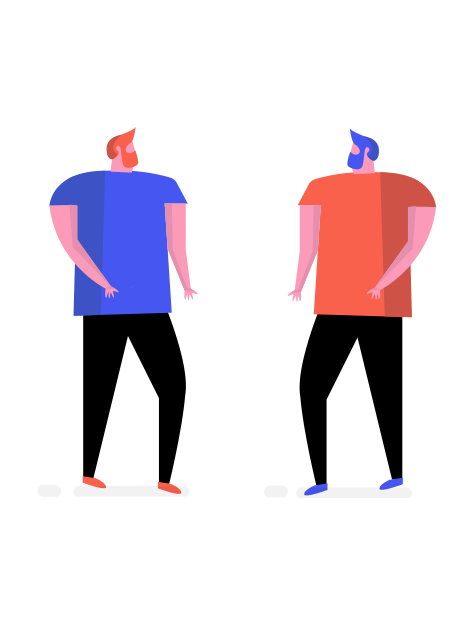
Two main types of personas are involved:
- Primary. The primary persona is chosen out of several models designed for the same scenario. It will be most suitable to serve its purpose and can be adopted by the majority of users.
- Secondary. The requirements of the secondary persona can be fully met by the primary persona’s scope with some modifications.
3. Requirements Definition

The sequence of events created during this stage is intended to realize the purpose of each persona – rather than paying attention to general user tasks, the design is focused on behavioral specifics of each scenario. The connection between all of the models in the project is set up in this phase. This establishes a completely goal-driven process with enhanced productivity since true priorities are better understood.
This stage of software design is the most persona-centered. Its objectives will direct the analysis and breakdown of its functions and the data put into its formation. This is accomplished with a great grade of specificity by running an active contextualized scenario. Eventually, this leads to a requirements definition setting technological, business and consumer needs at equilibrium.
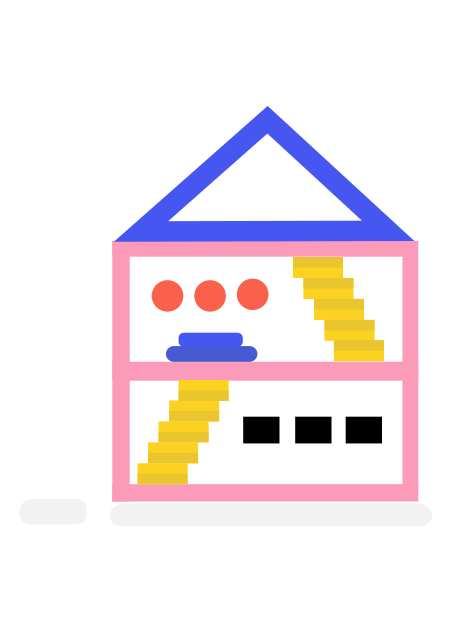
4. Framework Definition
As with any major project, before making a software product you will first need to sketch it. Map out all the locations of different functions to create a design that suits each distinct persona. Your system will need to have set behavior parameters for various situations, as well as a foundation of solutions for general problems. This is the basis of a successful interaction of the software with the persona.
Different interaction models are suited to solve varying problems and are arranged in a ranking manner – they continually change and develop depending on the background conditions.
To ensure each persona has their data and operational needs met, evaluate the main characteristics of the data and analyze their organizational patterns to indicate the appropriate way to govern them. The data are then converted into interface using the models, sketches and principles created earlier.
The framework definition that is constructed as a result of this procedure will demonstrate the overall design structure and a solid idea for the interface. This creates a clear picture of relationships between different functional aspects of the persona. It is later enhanced with detail by subsequent refinements in more specifically targeted contexts.
5. Refinement
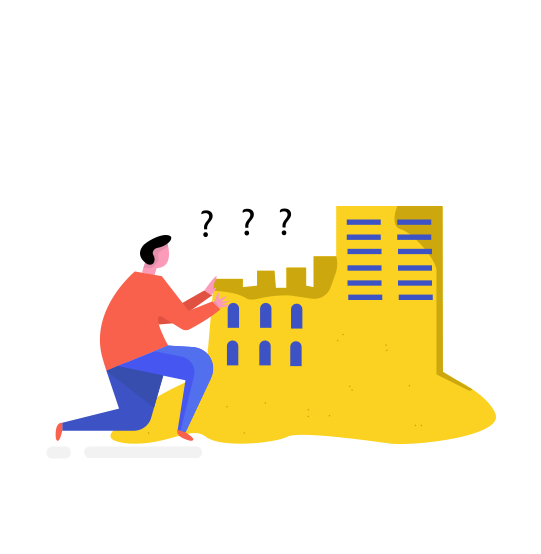
The aim of this phase is to create a mature and detailed design specification to the goal of its persona. The process here is similar to that in the previous stage, only with greater focus on improvement, refinement and making the task-oriented structure and function more consistent relative to each other. This is achieved via scenario-based approach.
Goal-centered design, as the name suggests, is goal driven, rather than focused entirely on the functional specifications. However, most average users tend to assess the end-product rather than separate features. Therefore, each component of a design should be considered from the perspective of the final result: will introduce this particular feature assist in achieving a design’s mission? How will it help you meet your clients’ requirements? At the same time, you should remember to keep it consistent with your business’s aims.
One of the problems interface design faces is creating product that will suit the needs of both advanced and inexperienced users. Finding the balance between a slow and simplified version of software and a high-level kind is challenging. Goal-centered design uses behavior analysis to achieve a better understanding of the learning and thinking processes of both types of users. This allows synthesizing a system that will be comfortable to use for different levels of adaptation.
Employing goal-centered design will help you focus developers’ attention on the user as well as the technicalities of the project, to make the product more consciously focused, personalized and user-oriented. It also makes the interaction between developers, managers and buyers easier due to its concentration on the objectives and the final outcomes.
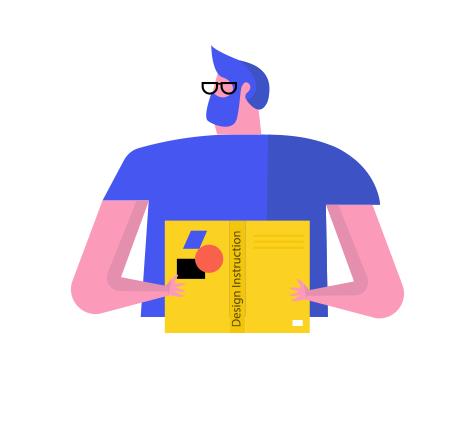
6. Development Support
Technology is ever-changing and is very dynamic in nature. It might pose a challenge to keep your design conceptually consistent over time. You need to be able to maintain the key structural characteristics of your design, while also keeping its central idea intact.
Conclusion
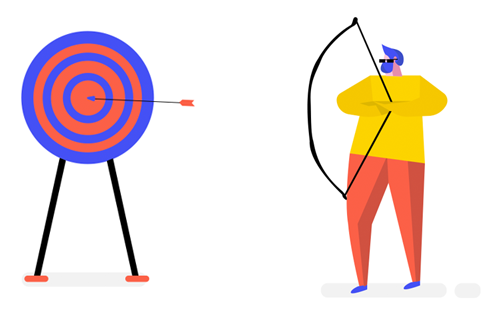
Goal-directed design focuses on the rationale and motivation of the developers in a particular project, rather than building it off small tasks and functional details. The basis of goal-directed design is in analyzing data and conducting comprehensive research to assess user behaviors, habits, and goals. The process of designing useful products can be split into 6 stages: refinement, modeling, requirements definition and framework definition, and finally refinement and development support.
Creating design for complex products requires an understanding of the person that will experience them on a daily basis, and it is only logical that design of such a product cannot be done in a generic, machine-driven, industrialized fashion. To put it simply, a methodology like goal-centered design is the key to more satisfied users and improved profits.
